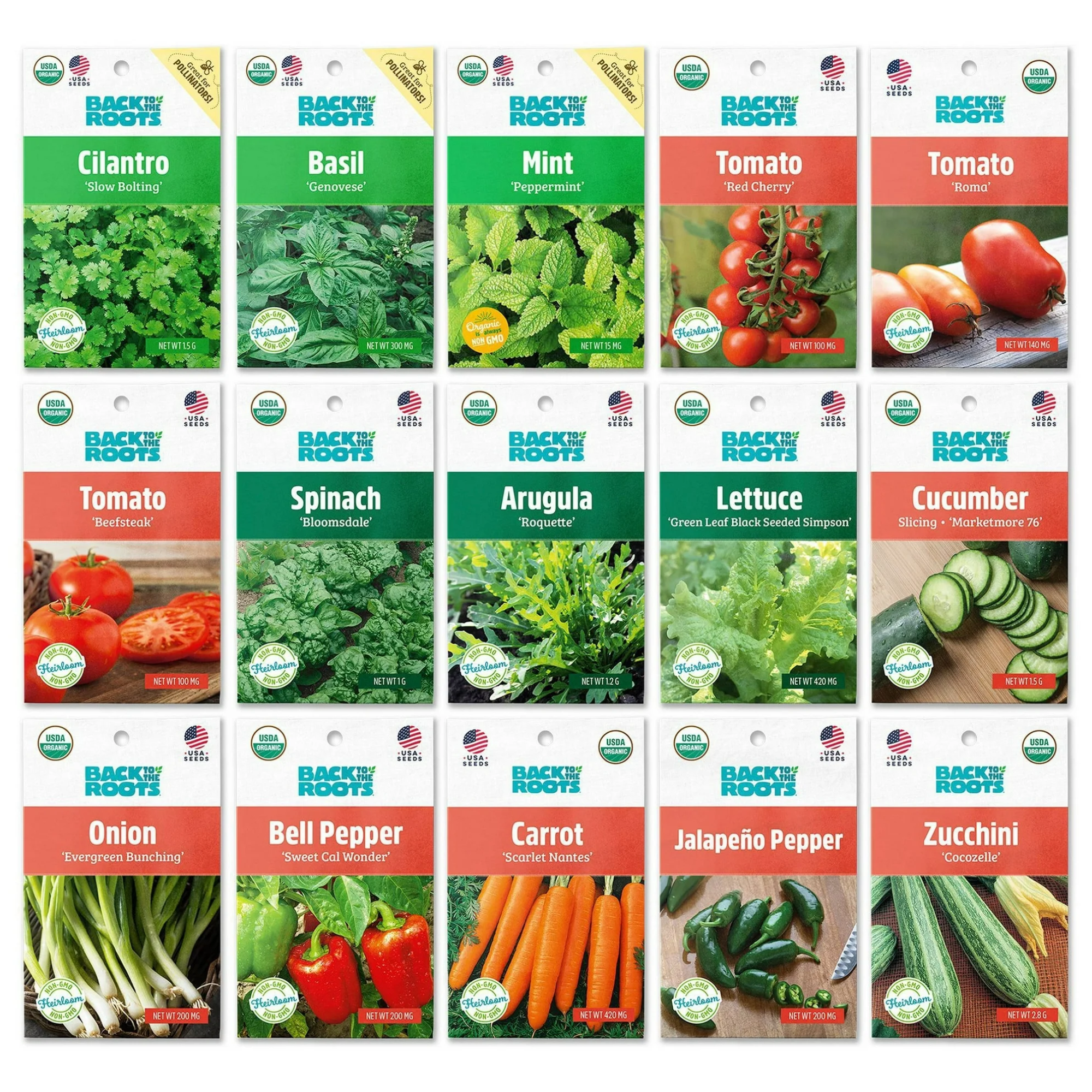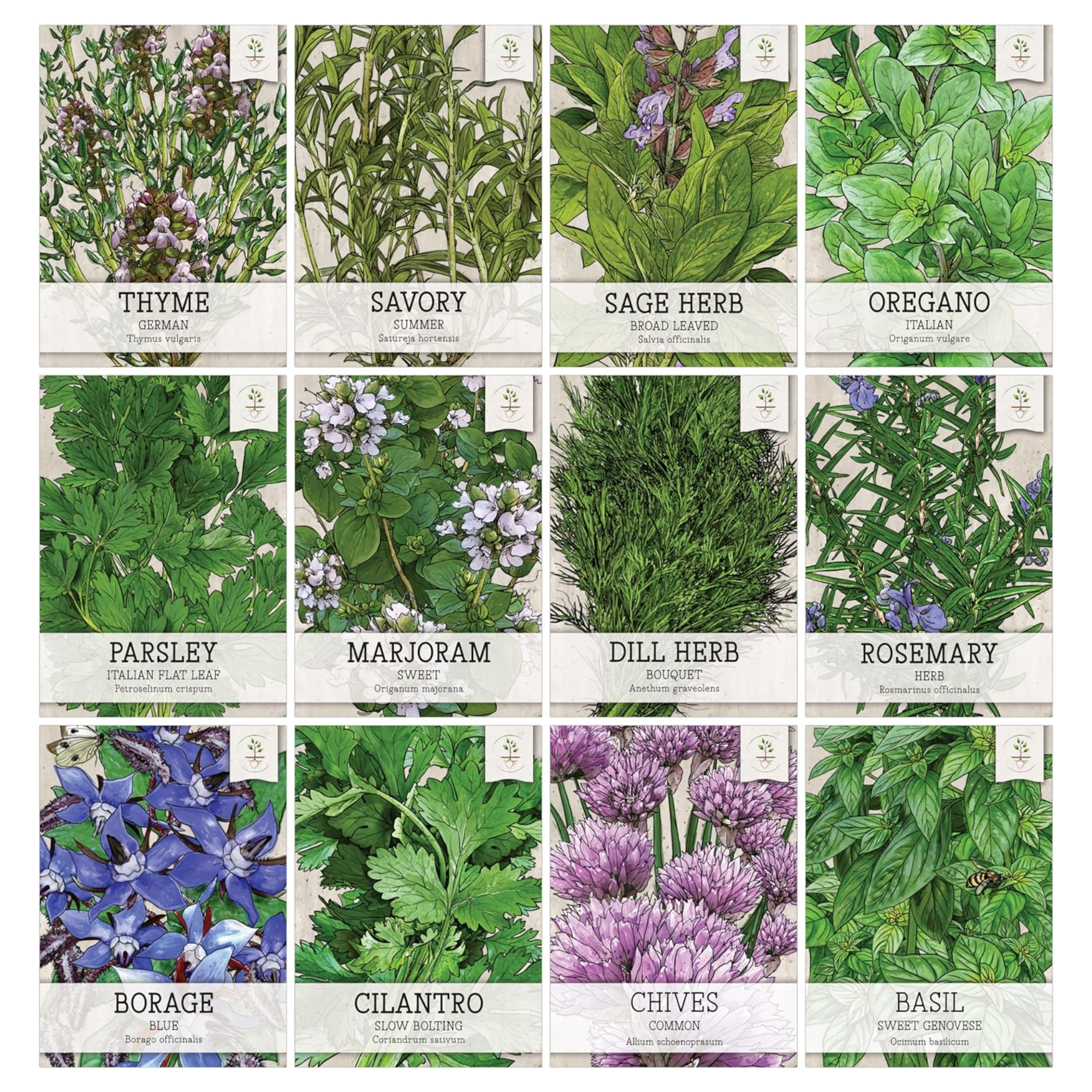5 Steps to Growing a "Kitchen Garden" — How to Cultivate Crops That Satisfy All Your Culinary Needs
Follow this manual for a true farm-to-table experience in your backyard

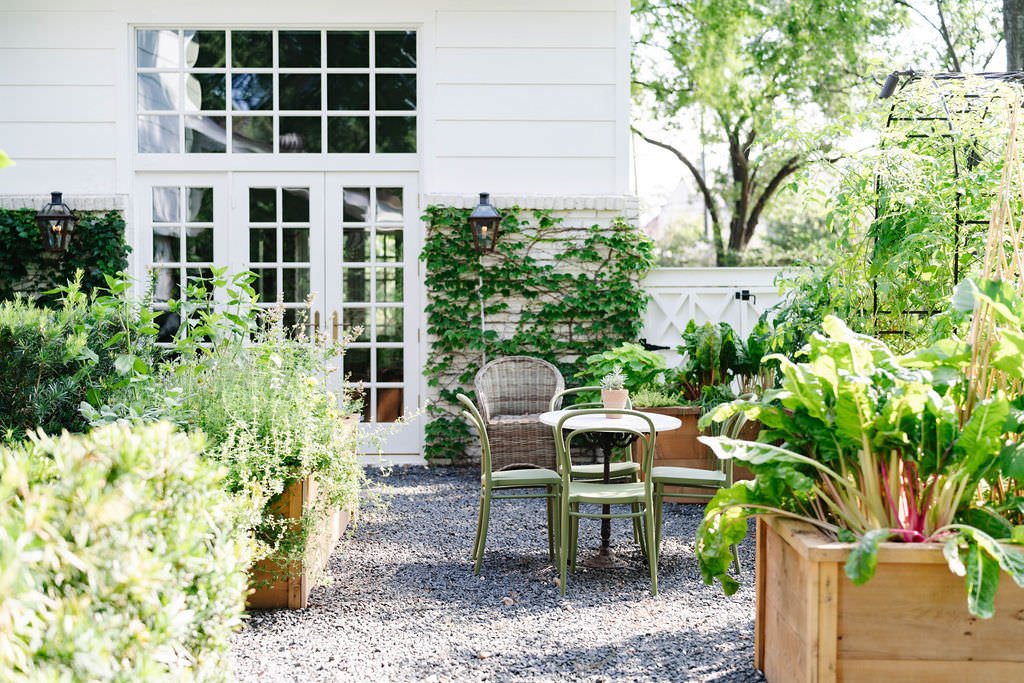
Growing a culinary garden in a backyard takes time, understanding, and dedication. But in order to grow a "kitchen garden" you'll need to know your landscape and all that it entails. From the location to your plant selection — it's the finer details that really make a difference.
A "kitchen garden" can be grown in any size of yard, whether you've got a raised bed in a courtyard, or space for a vast vegetable garden — there is always a way to elevate your space with the glory of nature and the goodness that it brings.
If you're unsure of where to begin your culinary garden journey, we've got some expert advice ready to go on how to grow your kitchen plants outdoors and make sure you reap a bountiful harvest that'll be a treat for your taste buds.
Step 1: Choose a Location

In conversation with gardening expert Tony O'Neill from Simplify Gardening, he tells us that the best location for a kitchen garden is one that receives plenty of love from the sun. According to him, at least six to eight hours of daily sunlight is needed, as most vegetables and herbs thrive in full sun.
"Choose a spot close to your kitchen or a frequently used entryway for easy access, making it more convenient to harvest fresh produce while cooking," he says. "Additionally, ensure the area has good drainage to prevent waterlogging, which can harm plant roots."
Optimal sunlight, healthy soil and proximity to your kitchen are all the makings of a lovely kitchen garden.
Step 2: Prepare Your Backyard
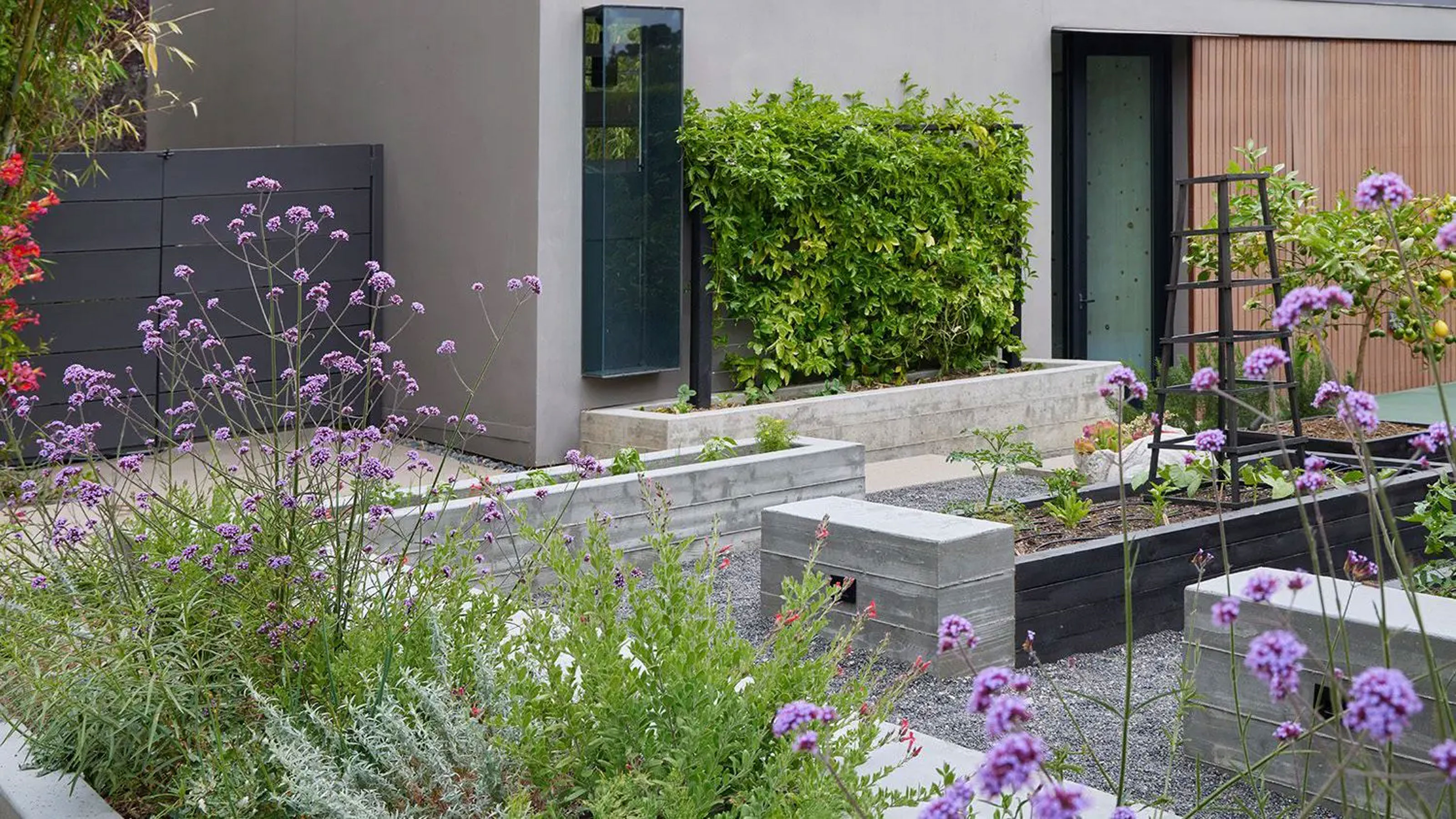
Whether you have plenty of space to work with or just space for a small vegetable garden, you can definitely make the concept work for you. However, one of the key steps to make sure your vegetable patch sprouts in your favor is to prepare them correctly.
The Livingetc newsletters are your inside source for what’s shaping interiors now - and what’s next. Discover trend forecasts, smart style ideas, and curated shopping inspiration that brings design to life. Subscribe today and stay ahead of the curve.
"Start by clearing the area of any weeds, rocks, or debris," says Tony. "Then, test your soil to understand its pH and nutrient levels." You can test out your soil with this Soil Moisture Meter from Walmart.
Tony explains that this will help you amend the soil appropriately. "Add compost (like this SodRocket Premium Organic Compost Mix from Amazon) or well-rotted manure to enrich the soil with organic matter and improve its structure," he says.
Finally, depending on your soil quality, Tony explains that you might consider building raised beds. He finds that doing so offers better control over soil conditions and can make gardening more manageable by reducing the need to bend down.
Step 3: Select Your Kitchen Plants
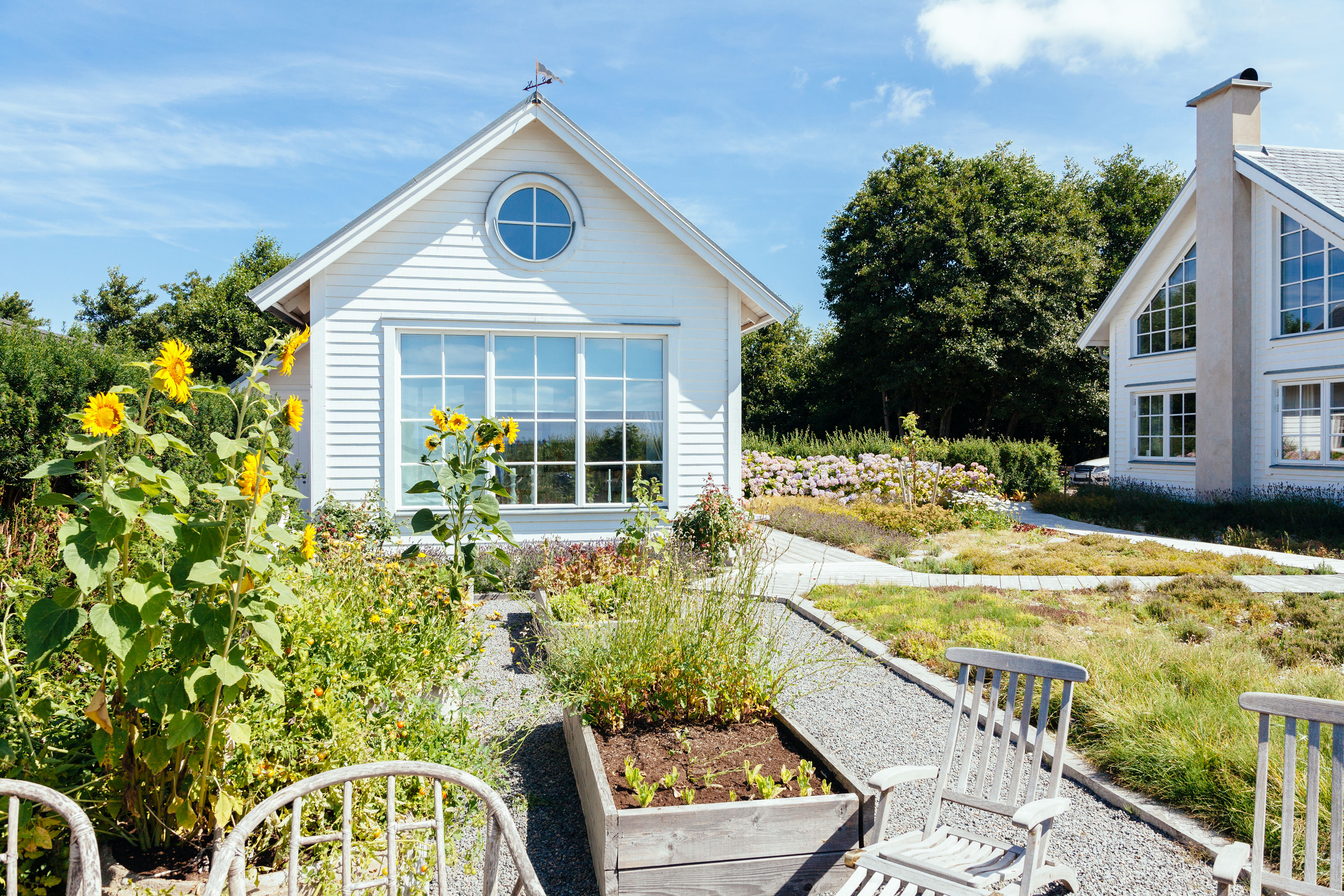
Depending on the size of your patch, you can pick small vegetable garden plants or crops that take up more space as they flourish. Besides garden size, Tony tells us that choosing plants you enjoy eating that also suit your local climate and soil conditions is important. Here are some of his top recommendations.
Herbs: "Basil, thyme, rosemary, parsley, mint, and cilantro are easy to grow and very useful in the kitchen," he notes.
Leafy Greens: If you love your salads, Tony tells us that lettuce, spinach, kale, and arugula are brilliant options since they grow quickly and can be harvested repeatedly.
Root Vegetables: "Carrots, radishes, and beets are great options as well," he adds. "Purely because they don’t require much space and grow well in deep, loose soil."
Fruiting Vegetables: Tony also recommends planting tomatoes, peppers, cucumbers, and zucchini as they are productive choices and provide fresh produce for months.
Companion Planting: "Marigolds, nasturtiums, and borage are some of the best companion plants around," he says. "They play an important role as they can help repel pests and attract beneficial insects to your space."
Step 4: Segment Your Kitchen Garden
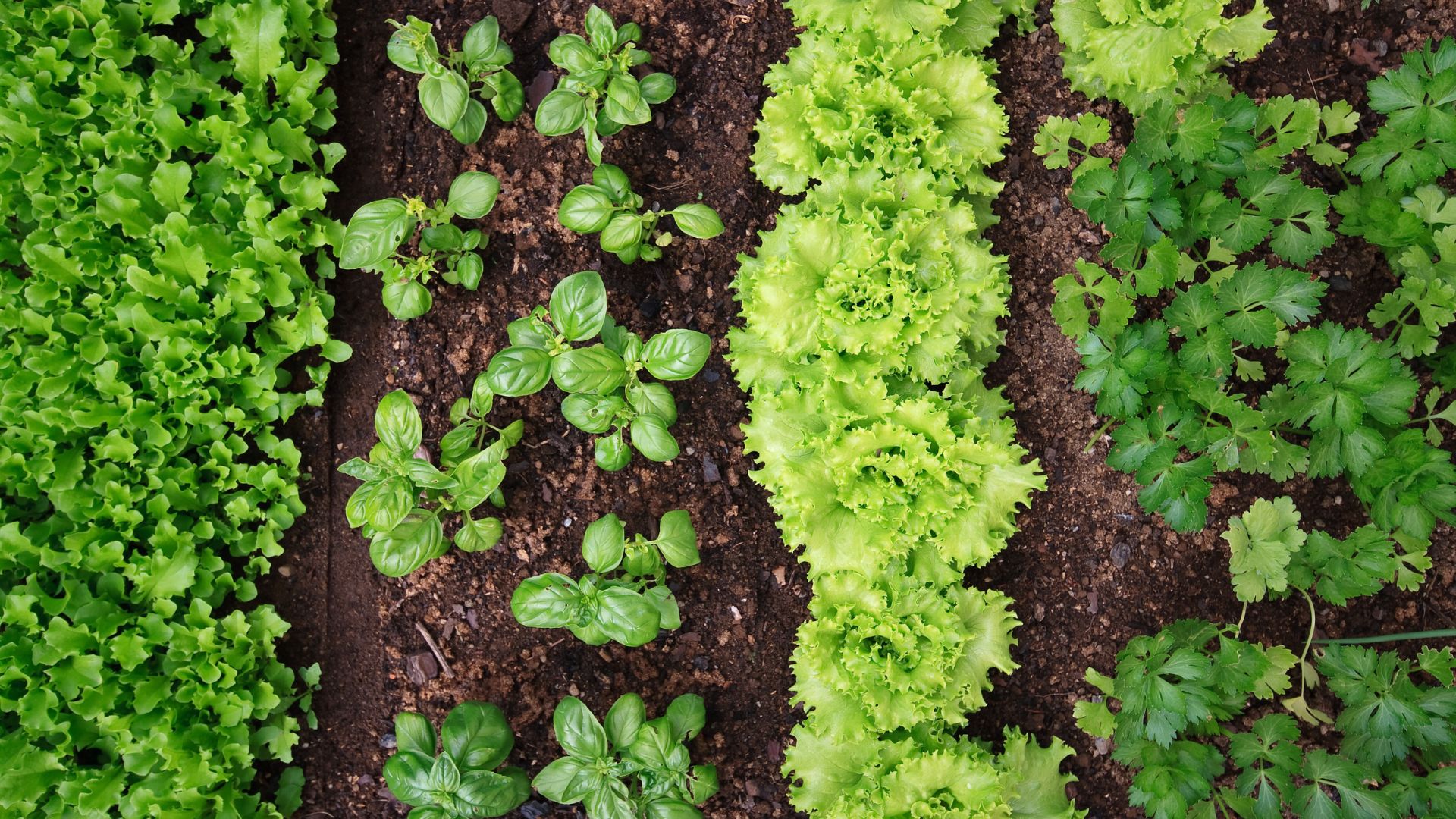
Segmenting your garden is part of the pre-planting process and it's a rather important step to ensure that your vegetable patch thrives year-round. Tony advises gardeners to segment their kitchen garden into sections based on plant types and their specific needs.
When it comes to your herbs and leafy greens, he finds that grouping them together in a sun that receives morning sun and afternoon shade is best. In his experience, this segmentation prevents bolting in hot weather.
For your root vegetables, he suggests planting them in deep, well-drained sections to accommodate their growth below ground. And for your fruiting vegetables, he encourages positioning them in your backyard's sunniest spots. Since they need full sun to produce a good harvest, sunlit locations will prove fruitful for them.
"As for your companion plants, interplant these with vegetables," he says. "This will maximize their pest-repelling benefits and improve biodiversity."
Haphazardly planting your crops is one of the easiest vegetable gardening mistakes to make, so to avoid having to redo your culinary patch, simply add this step to your process.
Step 5: Maintain Your Kitchen Garden

With your garden, prepped, segmented and planted, all that's left is to care for it. And like any gardening patch, some disciplined maintenance and plant care will go a long way.
"Regular watering is essential, especially for young plants and during dry spells," says Tony. "I also recommend mulching around your plants to retain moisture, regulate soil temperature, and reduce weed growth."
When fertilizing a vegetable garden, Tony tells us that a balanced organic fertilizer every few weeks is enough to keep plants healthy. We like this Old Farmer's Almanac Organic Tomato & Vegetable Plant Food Fertilizer from Amazon. "Prune and stake taller plants like tomatoes to encourage better airflow and reduce disease risk," Tony says. "Also, consistently harvest crops to encourage new growth and prevent overripening, which can attract pests."
With all this advice on how to start a vegetable garden with herbs and companion plants, you have everything you need to map out your own culinary garden. And from someone who's tried and succeeded, Tony tells us that it's not as difficult as it may seem.
Provided you follow the right steps and continue to maintain your kitchen plant patch, you'll end up with a robust planting of crops for you to savor. And if you're ever on a last-minute gift hunt, you can always harvest a bundle from your backyard and package it in a neat little basket to go. If you ask us, it's a thoughtful gift that's both healthy and unique.
FAQs
What kinds of problems do kitchen gardens face?
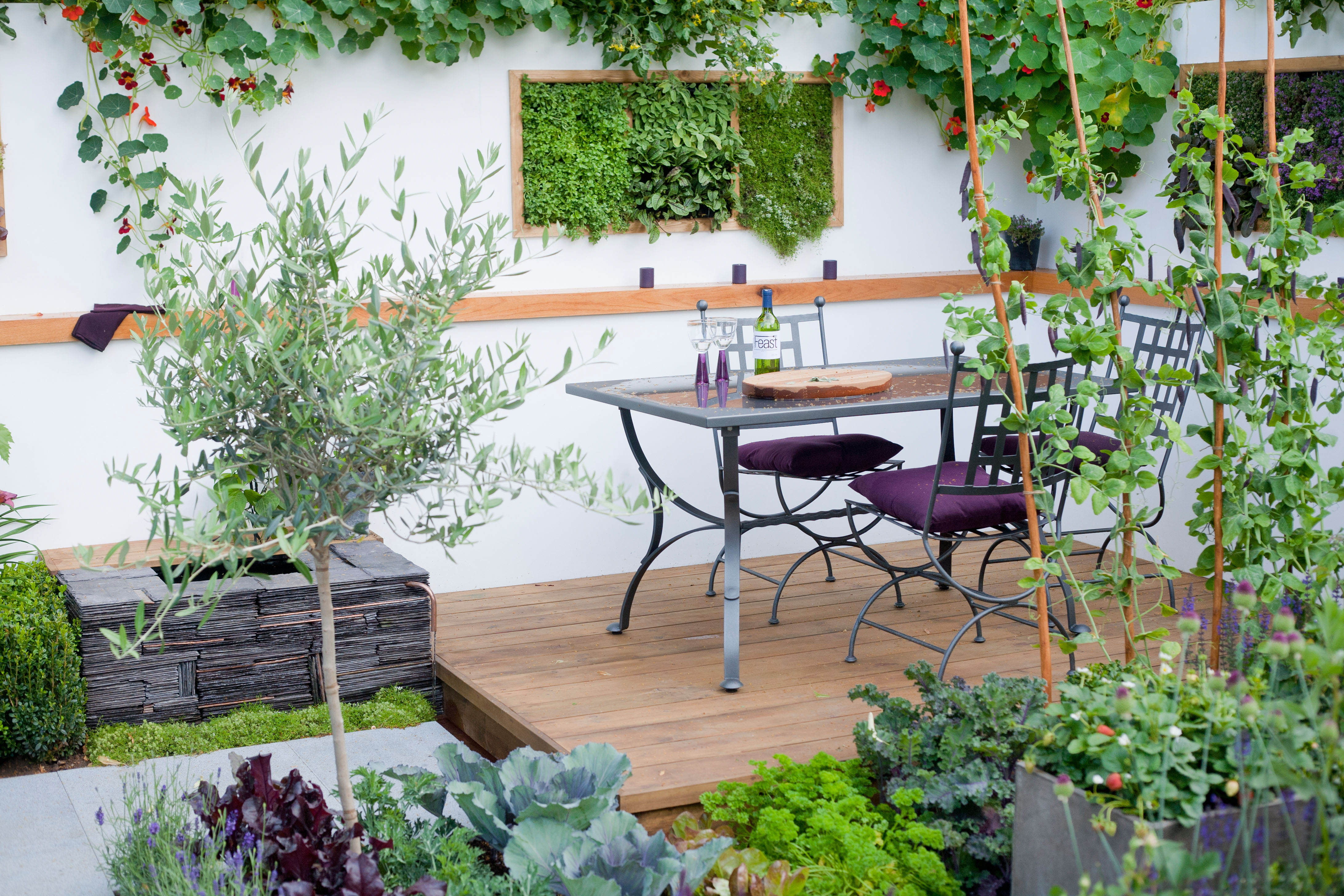
Kitchen gardens are chockful of delicious veggies and herbs, making it a target to clever little pests. But there are quick-fix solutions to make sure that you're the only one who gets to enjoy your garden's bounty.
Tony tells us that common pests in a kitchen garden include aphids, slugs, snails, and caterpillars. "Companion planting, such as marigolds to deter aphids and nasturtiums to attract aphids away from other plants, can be beneficial," he says. "I'd suggest regularly checking plants for signs of pests and taking action early."
He explains that diseases like powdery mildew, blight, and root rot can also be problematic. "Ensure good garden hygiene, such as removing dead leaves and debris," he says. "Also remember to space plants for adequate airflow, and avoid overhead watering to reduce these risks."
Can I plant a kitchen garden in fall?
You can! But before doing so — determine what season you are in. Check your local areas average temperature during the month of September and choose plants that are best suited for your region. There are cool season plants, warm season plants and hot season plants.
For cool season plants, you can add kale, lettuce, broccoli and cabbage to your kitchen garden. For warm season plants, you can plant basil, rosemary, sage, thyme and small peppers.

Amiya is a Home Wellness Writer at Livingetc. She recently graduated with a Masters Degree in Magazine Journalism from City, University of London, and has lent her words to beauty, fashion, and health sections of lifestyle publications including Harper’s Bazaar and Women’s Health. Her experience as a research analyst has equipped her with an eye for emerging trends. When she’s off the clock, she can be found reading, listening to music, or overanalyzing her latest Co-Star update.
